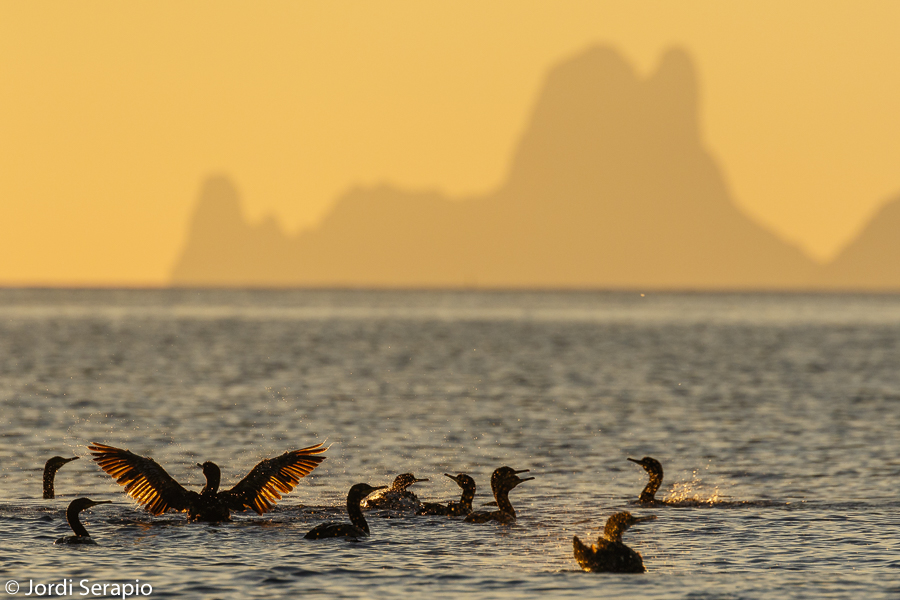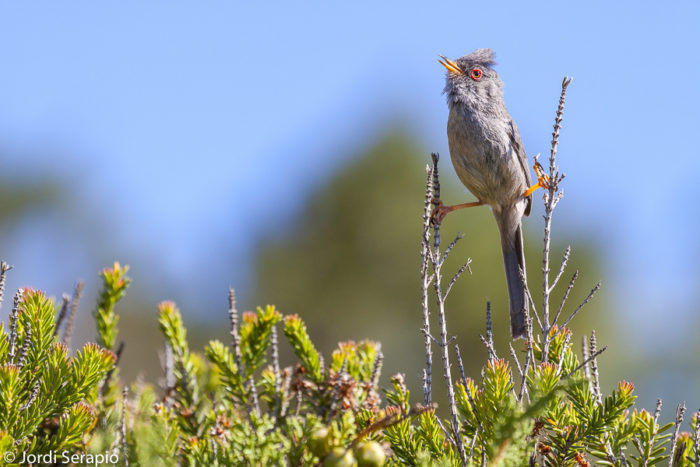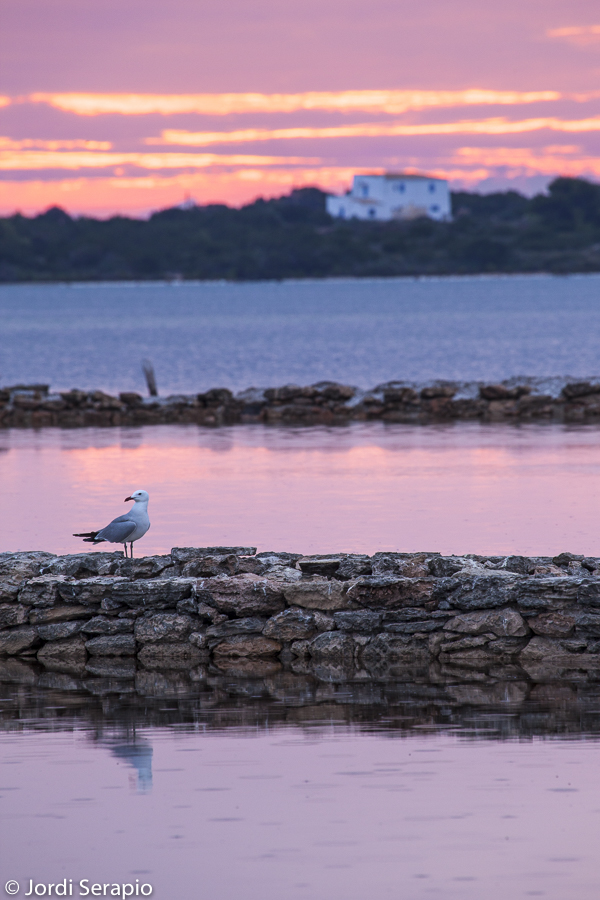


Where does your passion for nature come from?
I had a very strong affinity with nature from a very young age. The more I get to know, the more my interest grows. I’m now able to say that I have considerable knowledge of what our islands have to offer in terms of nature, but I still have a great deal to learn!

In your opinion what’s the most special thing Ibiza offers to nature-lovers?
Ibiza and Formentera retain unique spaces of great natural beauty and immense ecological value. Animal species inhabit these islands that cannot be found in any other place in the world. The combination of these two things make discovering our islands a gratifying experience for anyone. We cannot overlook the extreme fragility of our natural spaces. Development has caused irreparable damage, especially on Ibiza.
What kinds of indigenous flora and fauna are to be found on Ibiza?
Our flora and fauna exhibit many distinctive features compared to nearby places. As far as birds are concerned, there are species that are endemic to the islands, such as the Balearic warbler (Sylvia balearica) and the threatened Balearic shearwater (Puffinus mauretanicus). These species and others that, although not exclusive to our territory, are difficult to see in other places constitute the biggest draw for those who visit our natural spaces and are interested in birdwatching.
With regards to flora, Ibiza and Formentera are located in one of the regions with the greatest plant diversity in the world. There are approximately 50 species regarded as endemic, some of them exclusive, others that are shared with the rest of the islands in the Balearic archipelago and other nearby territories.

What are your favourite natural places on Ibiza?
One of my favourite excursions involves losing myself among the cliffs of Es Amunts, in the north. I also love the inland rural areas, the blend to be found there of forested areas and land under cultivation. These are spaces that we must preserve as a matter of priority.
How do you like to enjoy nature?
I like simply going out to walk around, keeping my eyes open and all my senses focused on nature. Every outing, every time of year can bring something different. An attitude of respect also strikes me as essential. All activities that take place in a natural setting, however harmless they may seem, involve a series of impacts. Acknowledging them is important in trying to minimise them. Nature cannot be treated as a consumer product.
What’s the best time of year to enjoy the natural treasures of Ibiza?
This undoubtedly depends on people’s individual interests… If you want to enjoy the sea and sunshine, summer is obviously the best time. Whereas to my mind, spring and autumn are the best times of year to discover the interior part of the island, for hiking and other activities in contact with nature.
In addition to nature, you’re a big fan of photography. What type of photography do you prefer?
My activity as a photographer is simply another way of getting close to nature. I try to record with my camera what it is that I’m passionate about. Photography also helps you to have a deeper understanding of nature.
For more than a decade I’ve photographed the best-preserved landscapes on our islands, their flora and fauna: in other words, their least domesticated aspect, which goes unnoticed by the majority of our visitors, and even by many of us who live here all year round.
What does the island offer nature photographers?
The combination of spectacular landscapes and unique species, with the Mediterranean Sea as a constant backdrop.
What are your personal favourite photos of the island and why?
I don’t have favourite photos. Every image that I’ve been able to take transports me back to lived experiences, which are difficult for a camera to capture completely. Photographing the nature on our islands has enabled me to have fantastic and extremely exciting experiences: being just a few metres away from a bird of prey and being able to observe its behaviour, discovering a rare plant, etc. I feel lucky for this reason.
Categorised in: General
Leave your thoughts